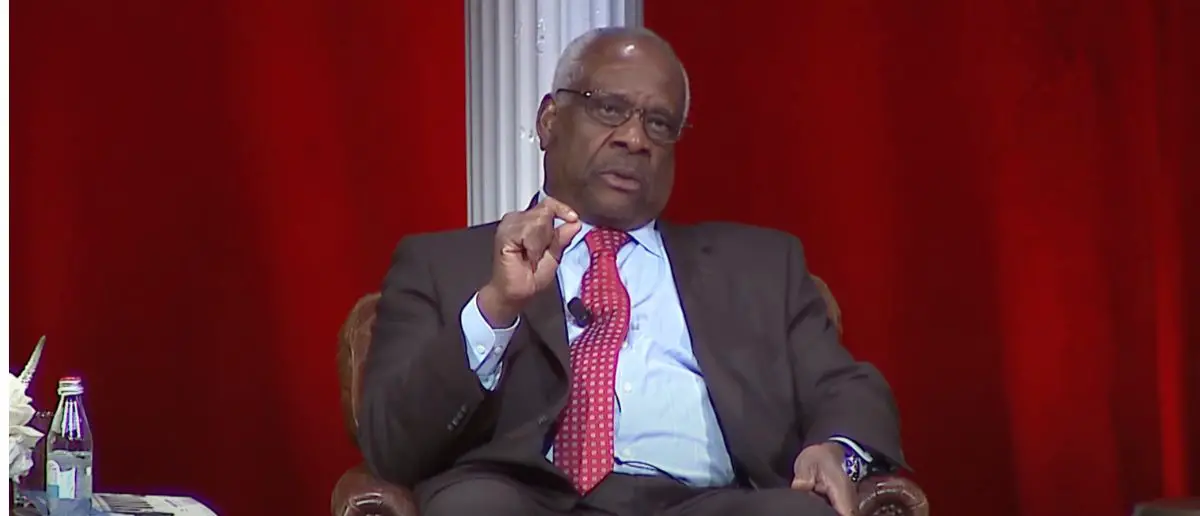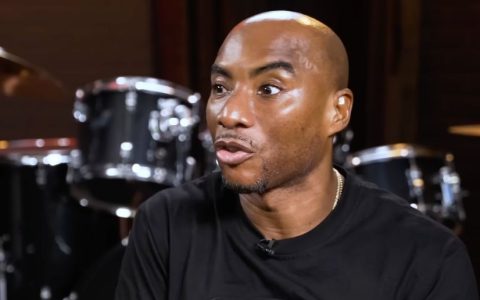
Activist judges are a major problem. And it doesn’t seem to be slowing down.
Now Supreme Court Justice Alito rips a lower court for this Constitutional violation.
A Student’s Stand for Free Speech
Liam Morrison, a then-12-year-old student, found himself at the center of a First Amendment battle when his Middleborough school banned his t-shirt stating, “There are only two genders.”
As he explained in a video premiered in October 2023, “Like my teachers and principal, I have my own opinions, and I have a right to express those opinions even at school. This right is called free speech. It’s protected by the First Amendment to the Constitution.” When the principal deemed the shirt’s message potentially disruptive, insisting it “might make some students feel unsafe,” Liam was asked to change or leave school.
Undeterred, he later wore a shirt reading, “There are [censored] genders” to protest the censorship, only to face another ban. The Alliance Defending Freedom (ADF), representing Liam, argued in their Supreme Court petition that “L.M. sought to participate in his school’s marketplace of ideas and address sociopolitical matters in a passive, silent, and untargeted way.”
The Court’s refusal to hear the case, however, has left Liam’s fight for free expression unresolved, raising questions about students’ rights to challenge prevailing narratives.
School Policies and Selective Expression
The heart of the controversy lies in Middleborough’s apparent double standard in regulating speech. The school, according to ADF, “actively promotes its view about gender through posters and ‘Pride’ events, and it encourages students to wear clothing with messages on the same topic—so long as that clothing expresses the school’s preferred views on the subject.”
Liam highlighted this in his video, noting, “My school’s annual pride month celebration is a pretty clear example. My school spends all of June expressing its view on LGBTQ+ issues, and school officials encourage us to wear our pride gear to celebrate pride month.”
He further described the school’s stance: “believes that a person’s status as a male or female, or something else, depends only on what they feel themselves to be, and not at all on biology.” ADF’s petition emphasized this hypocrisy, stating, “Middleborough bombarded L.M., a middle school student, with messages promoting its view that s*x and gender are self-defined, limitless, and unmoored from biology.”
Yet, when Liam expressed his biology-based view—“I believe there are only two s*xes, male and female, and I believe what we call a person’s gender, whether someone is man or woman, boy or girl, has everything to do with whether their s*x is male or female”—he faced censorship.
This selective enforcement, ADF argued, violates the principle that “public schools can’t establish what is ‘orthodox in … matters of opinion,’ and students aren’t ‘confined to the expression of … sentiments that are officially approved.’”
Judicial Precedent and a Missed Opportunity
The Supreme Court’s decision not to take up Liam’s case drew sharp criticism from Justice Samuel Alito, whose dissent accused the First Circuit of straying from established free speech protections.
Alito argued the appeals court “departed from the standard” set by the 1969 Tinker v. Des Moines case, which allowed students to wear armbands protesting the Vietnam War unless their actions significantly disrupted school activities. He criticized the First Circuit’s “vague, permissive, and jargon-laden rule,” asserting, “We should reaffirm the bedrock principle that a school may not engage in viewpoint discrimination when it regulates student speech.”
“Tinker itself made that clear.” Alito further warned that “by limiting the application of our viewpoint-discrimination cases, the decision below robs a great many students of that core First Amendment protection.”
ADF’s David Cortman echoed this sentiment, expressing disappointment that “the Supreme Court chose not to hear this critical free speech case” and emphasizing that “students don’t lose their free speech rights the moment they walk into a school building.”
With support from “multiple education experts, free speech advocates, and 18 states” via friend-of-the-court briefs, Cortman reiterated, “Our legal system is built on the truth that the government cannot silence any speaker just because it disapproves of what they say.” The Court’s sidestep leaves unresolved tensions between school authority and student expression, potentially chilling dissenting voices in classrooms nationwide.





